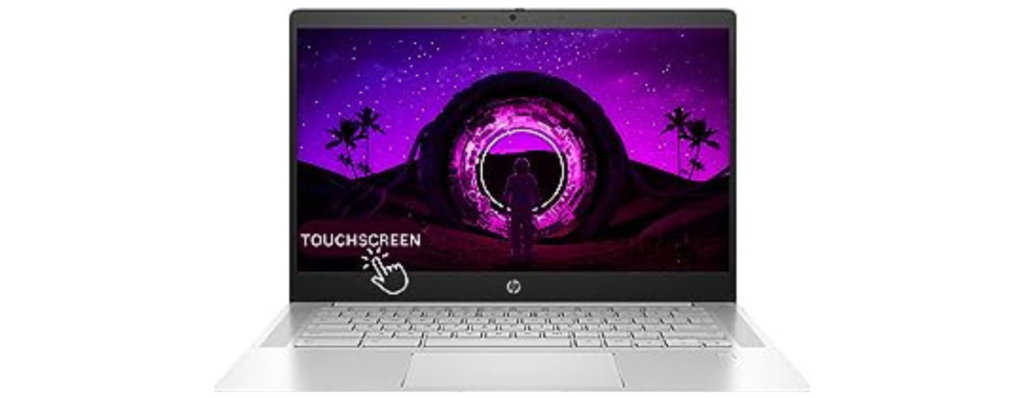Discount up to 35% for first purchase only this month.
A total loss of electricity is rarely the worst-case situation when it comes to the various reasons why a computer won’t switch on. While improbable, there’s a chance that a serious problem is causing your PC to lose power.
A desktop, laptop, or tablet computer—like the Surface Pro—may not turn on for a number of reasons, so you’ll need to go through a thorough troubleshooting process, such as the one we’ve described below.

Believe it or not, the number one reason why a computer won’t turn on is that you didn’t turn it on!
Before starting a sometimes time-consuming troubleshooting process, make sure you’ve turned on every power switch and power button involved in your computer system:
2. Check for disconnected computer power cable connections. A loose or unplugged power cable is one of the top reasons a computer won’t turn on.
3. If you haven’t already, plug your desktop, laptop, or tablet straight into the wall. Stated differently, disconnect all power strips, battery backups, and other power distribution devices from the wall socket and your PC.
After doing this, if your computer now has power 3. again, the issue was caused by something you took out of the equation. Most likely, you’ll need to get new power distribution equipment or a surge protector. To keep things straightforward, keep troubleshooting with the PC hooked into the wall if nothing changes.
5.If you’re using a desktop, make sure the power supply voltage switch is adjusted correctly. Your computer could not turn on at all if the power supply unit’s (PSU) input voltage is not adjusted to the proper level for your nation.
6.Remove the main battery in the laptop or tablet and try using AC power only. Yes, it’s perfectly fine to run your portable computer without the battery installed.
If your computer turns on after trying this, it means that your battery is the cause of the problem and you should replace it. Until you get it replaced, feel free to use your computer, so long as you’re close to a power outlet!
8.Change the AC adapter or power cable on the PC. This power cable connects the computer case to the power source on a desktop. The wire that you put into the wall to charge the battery on a tablet or laptop is called an AC adaptor, and it typically has a tiny light on it.
9.Replace the CMOS battery, especially if your computer is more than a few years old or has spent a lot of time turned off or with the main battery removed. Believe it or not, a bad CMOS battery is a relatively common cause of a computer that looks like it’s not receiving power.
10.Confirm that the power switch is connected to the motherboard if using a desktop. It’s not a very common point of failure, but your PC might not be turning on because the power button isn’t correctly connected to the motherboard.
If your monitor doesn’t turn on, you should look at a few things. Check if there is a power light on the monitor and PC and that the power is connected securely. Your computer may be having problems resuming from Hibernation or Standby/Sleep mode.
If your Central Processing Unit (CPU) fan won’t turn on, the first thing to look at is if your PC is reporting any errors. Look at both hardware damage and software issues. If you don’t see any physical damage, look at the drivers controlling the fan or even BIOS settings.
If your laptop won’t power up, a faulty power supply, failed hardware, or a malfunctioning screen could be to blame [1]. In many cases, you may be able to resolve the problem yourself by ordering replacement parts or adjusting your laptop’s configuration.
A bad AC adapter is a common reason why tablets and laptops won’t turn on at all. Even if you don’t regularly use the power cable, if it has failed, it means that it hasn’t been charging your battery. A bad power cable is not a common cause of a computer not receiving power, but it does happen and is very easy to test.
It could be anything from a memory issue to a video card problem or processor error. Remove any residual electricity by removing the battery, disconnecting the power adapter, and pressing and holding the power button for 30 seconds. Connect the power adapter again, wait 30 seconds, and then turn on the system.
100% Original product that covered warranty by the vendor.
You have the right to return your orders within 30 days.
Your orders are shipped seamlessly between countries
Your payments are secure with our private security network.
Evisioninfoserve is dedicated to providing high-quality refurbished laptops to our customers. We understand that not everyone can afford brand-new laptops, and we believe in the value of extending the lifespan of technology while offering affordable options.
+91 9205888941
WhatsApp us